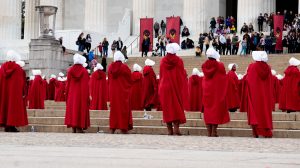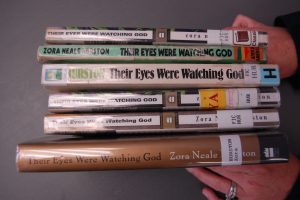Day of the Dead
September 29, 2014
Few foreign holidays have seeped into the United States pantheon as well as Día de Muertos or Day of the Dead. With growing Hispanic populations across the country, especially in the Southwest, the holiday continues to grow in popularity.
The celebration has a long history. Pre-Columbians have held festivals in remembrance of the dead for as long as 2,000 to 3,000 years. The Aztecs decorated their homes with skulls in reverence to the goddess Mictecacihuatl, the queen of the underworld who ruled over the afterlife. This goddess has a present-day incarnation in the form of La Calavera Catrina, or Elegant Skull. Catrina embodies the spirit of welcoming and comfort that Mexicans associate with death and has come to symbolize the holiday itself.
Even in modern times, the holiday retains many of their oldest traditions, as family and friends visit the graves of their loved ones, placing flowers and trinkets alongside incense and other decorations. A particularly popular good is the sugar skulls, confections made from sugar cane and decorated with different colors of vegetable dye.
Others create shrines or altars in their own homes, usually of the Virgin Mary, which are flocked by candles. However, these traditions do not immediately translate across all those who celebrate Día de Muertos; individual villages and regions can vary greatly in their chosen activities.
In the United States, patrons have adopted a somewhat universal approach to the holiday, exploring all themes and traditions and welcoming anyone who wishes to take part in the festivities. The largest celebrations are held in regions with a larger proportion of Hispanics, such as Texas and California, although the holiday can even be found as far north as Montana.
They have also used the holiday as a reason to explore issues modern Hispanics and the whole of Latin culture are facing today, such as poverty and violence, like a previous event in Los Angeles that held a memorial for Latino soldiers lost in the Iraq War.
This is similar to what GSU hopes to accomplish with the upcoming holiday. Students of ‘History of Modern Latin America’ have created an exhibition at the library to showcase violent acts carried out against Latin America throughout history and to educate other students on what these acts mean for the Latino community.
Featured subjects include the Argentina Dirty War, the Guatemalan Civil War and the Chilean dictatorship. The event will become available in the first floor of the library from the first of October and will continue into the third of November. On Oct. 15 at 4 p.m., a public presentation of student research followed by a reception will take place.






